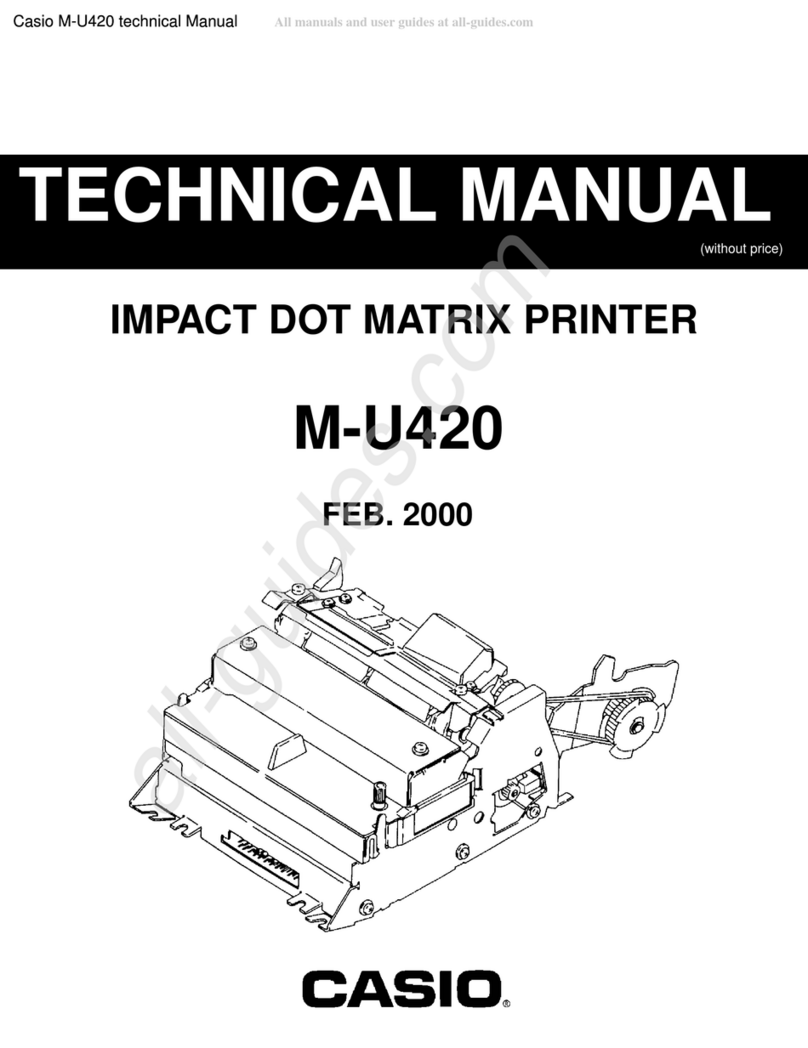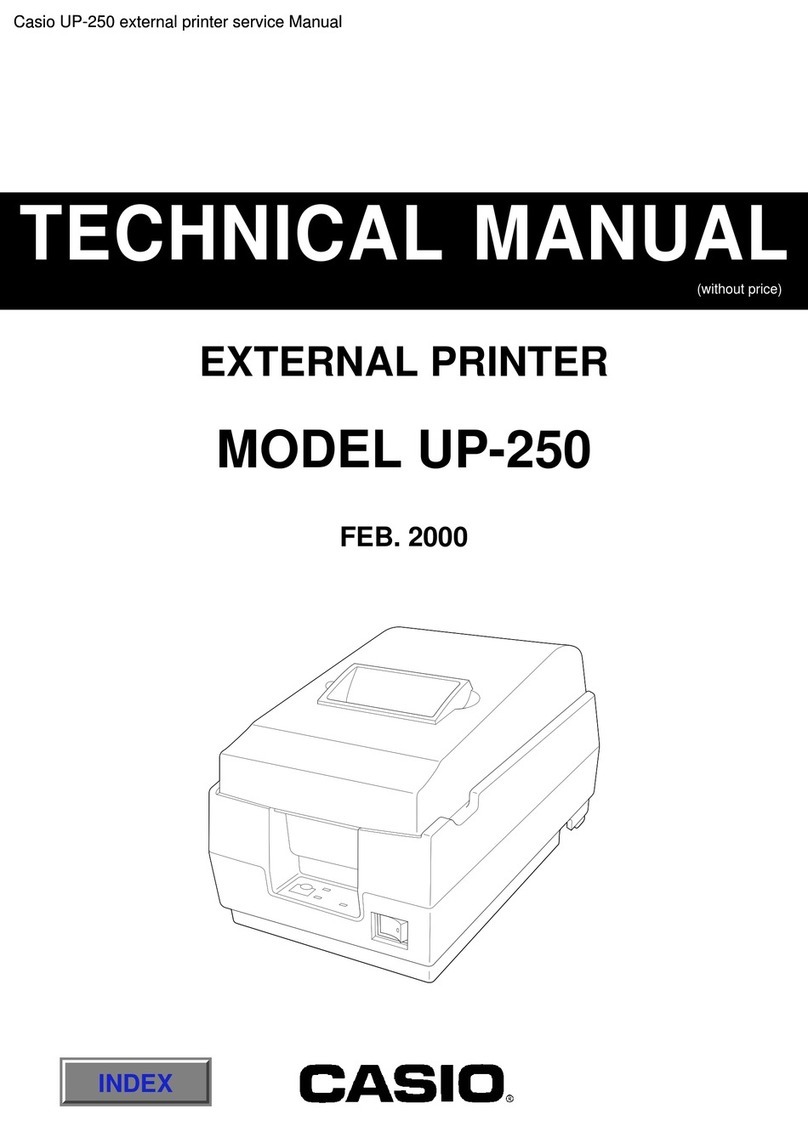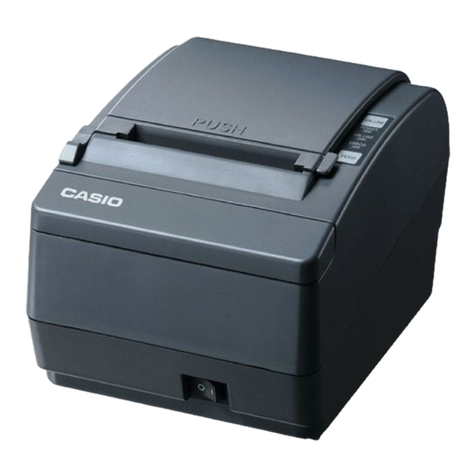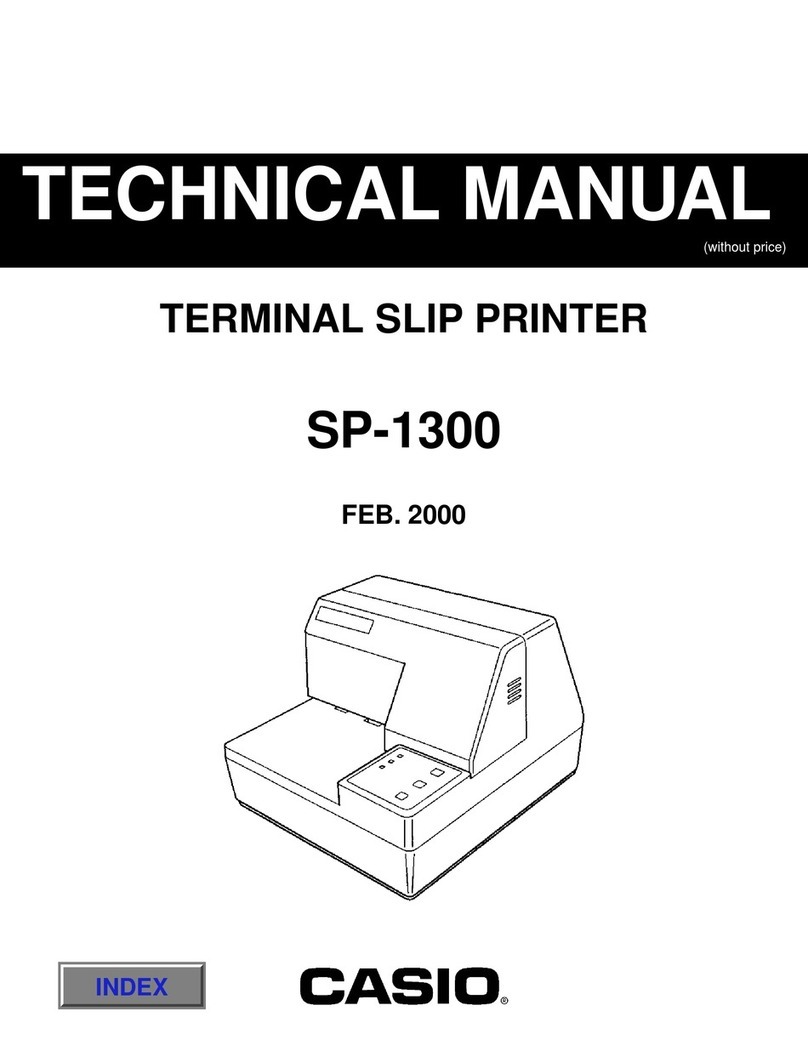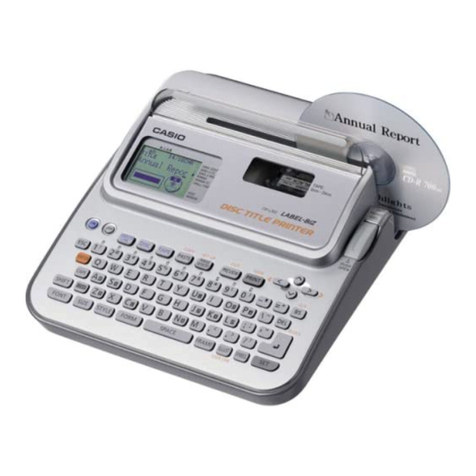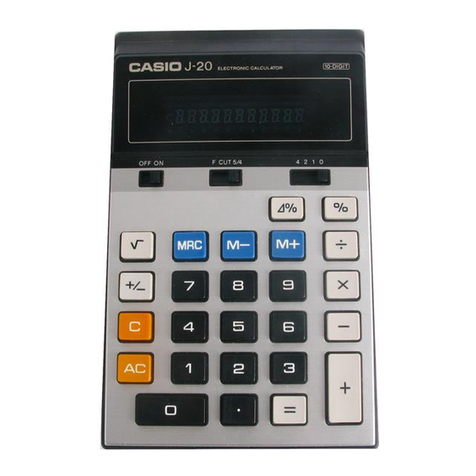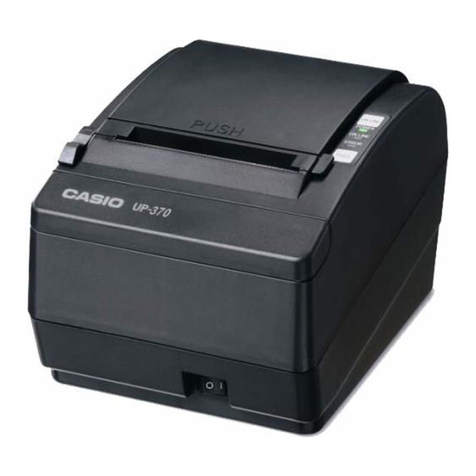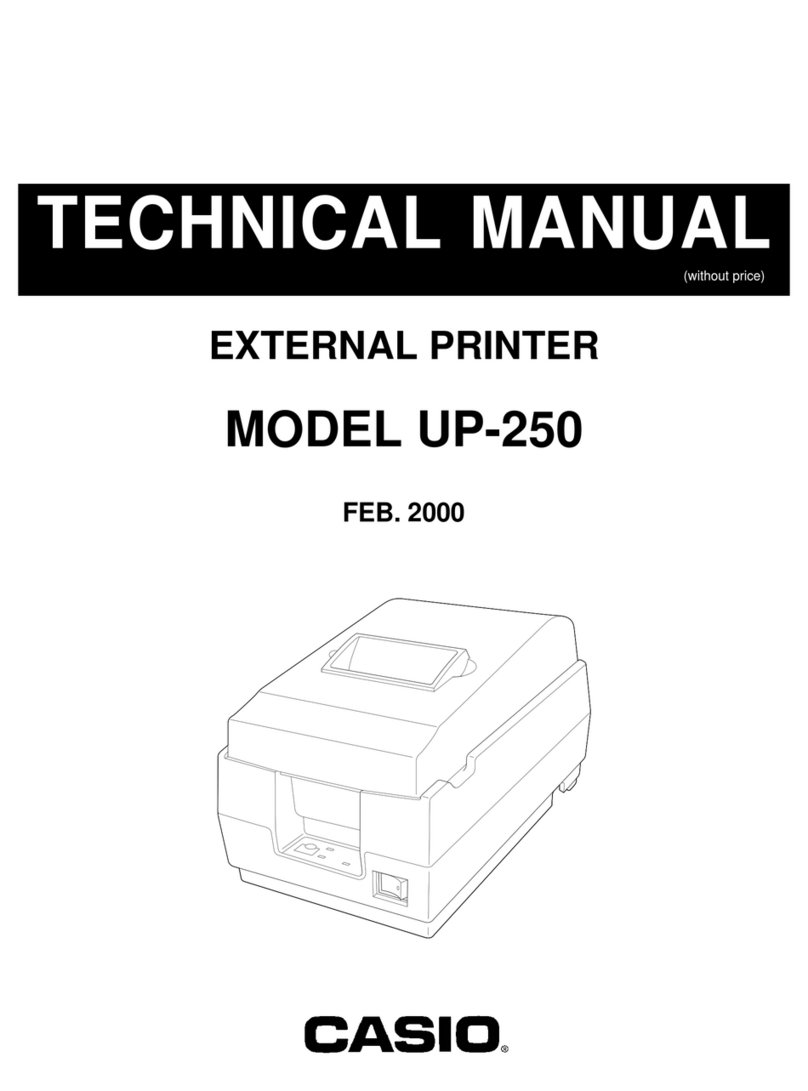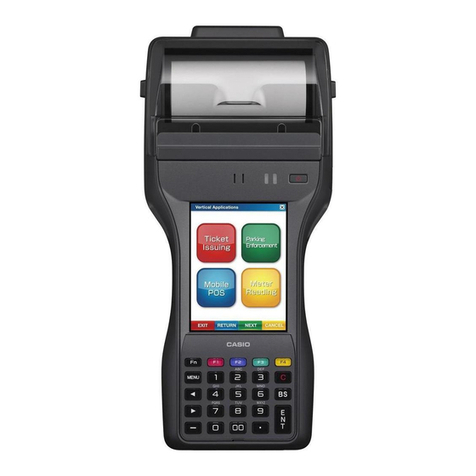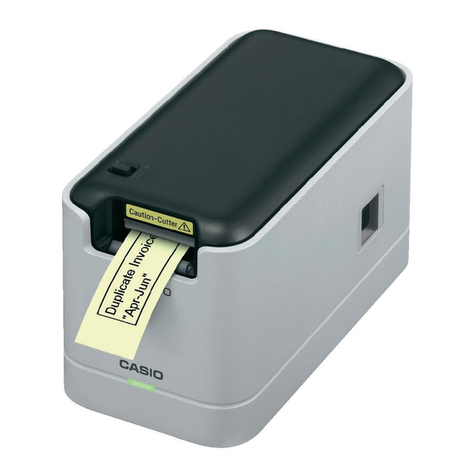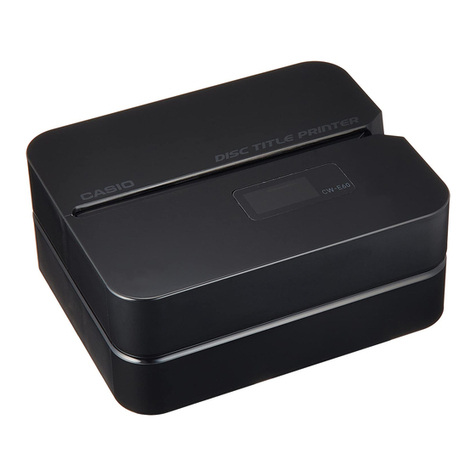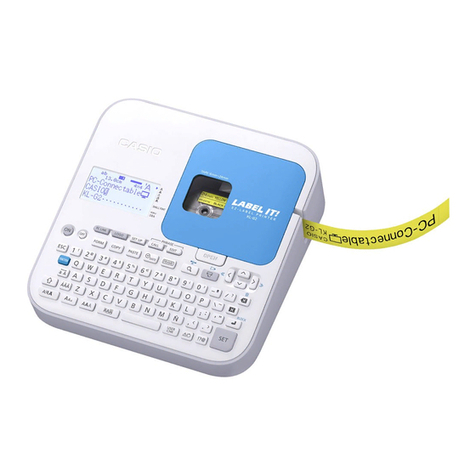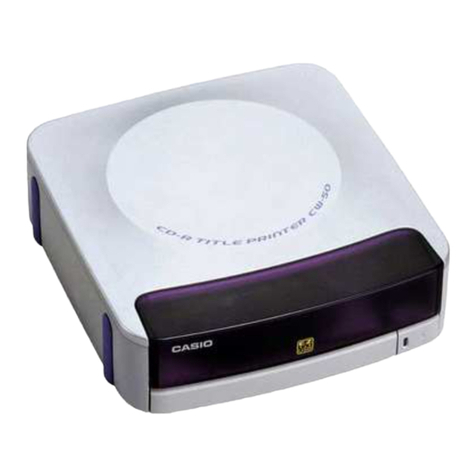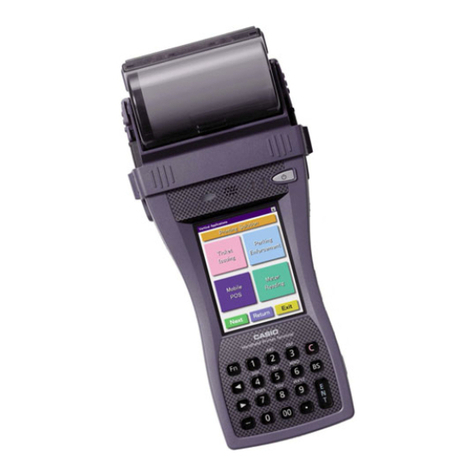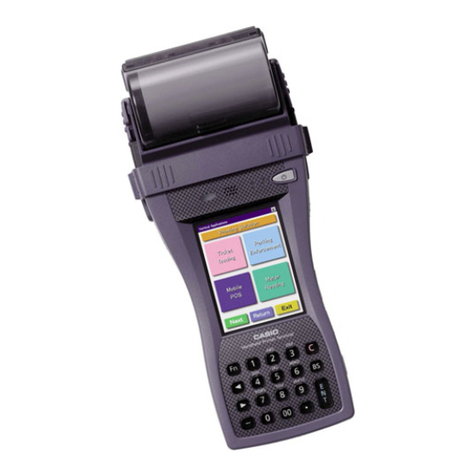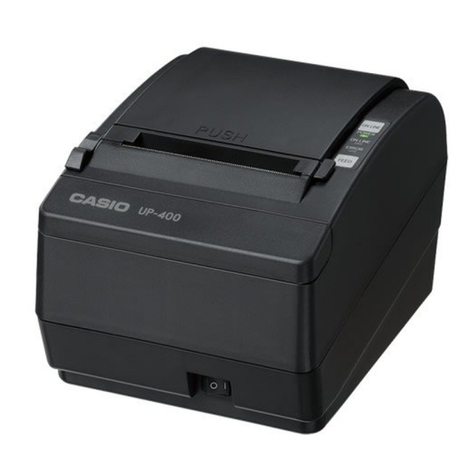
Contents
1 Printer usage and Care..................................................................................................................... 1
2 Specifications/Operating principles ................................................................................................... 2
2-1 Specifications............................................................................................................................ 2
2-2 Outline of mechanism ............................................................................................................... 3
2-3 Mechanism and operation principles ........................................................................................ 3
2-3-1 Power transmission mechanism ................................................................................... 3
2-3-2 Sensor mechanisms ..................................................................................................... 4
2-3-3 Print head mechanism.................................................................................................. 5
2-3-4 Paper feed mechanism................................................................................................. 8
2-3-5 Ribbon cartridge drive mechanism ............................................................................. 11
2-4 External connection terminals................................................................................................. 11
2-4-1 Terminal arrangement ................................................................................................ 11
2-4-2 Terminal mechanism .................................................................................................. 12
2-4-3 Terminal circuit diagram ............................................................................................. 12
3 Disassembly/Reassembly............................................................................................................... 13
3-1 Tools .................................................................................................................................... 13
3-2 Disassembly procedure .......................................................................................................... 13
3-3 Assembly procedure ............................................................................................................... 14
3-3-1 Setting paper feed solenoid assembly........................................................................ 14
3-3-2 Setting the head assembly ......................................................................................... 15
3-3-3 Setting the paper feed assembly ................................................................................ 16
3-3-4 Setting the main body assembly................................................................................. 18
4 Parts list .................................................................................................................................... 26
5 Exploded view................................................................................................................................. 28
